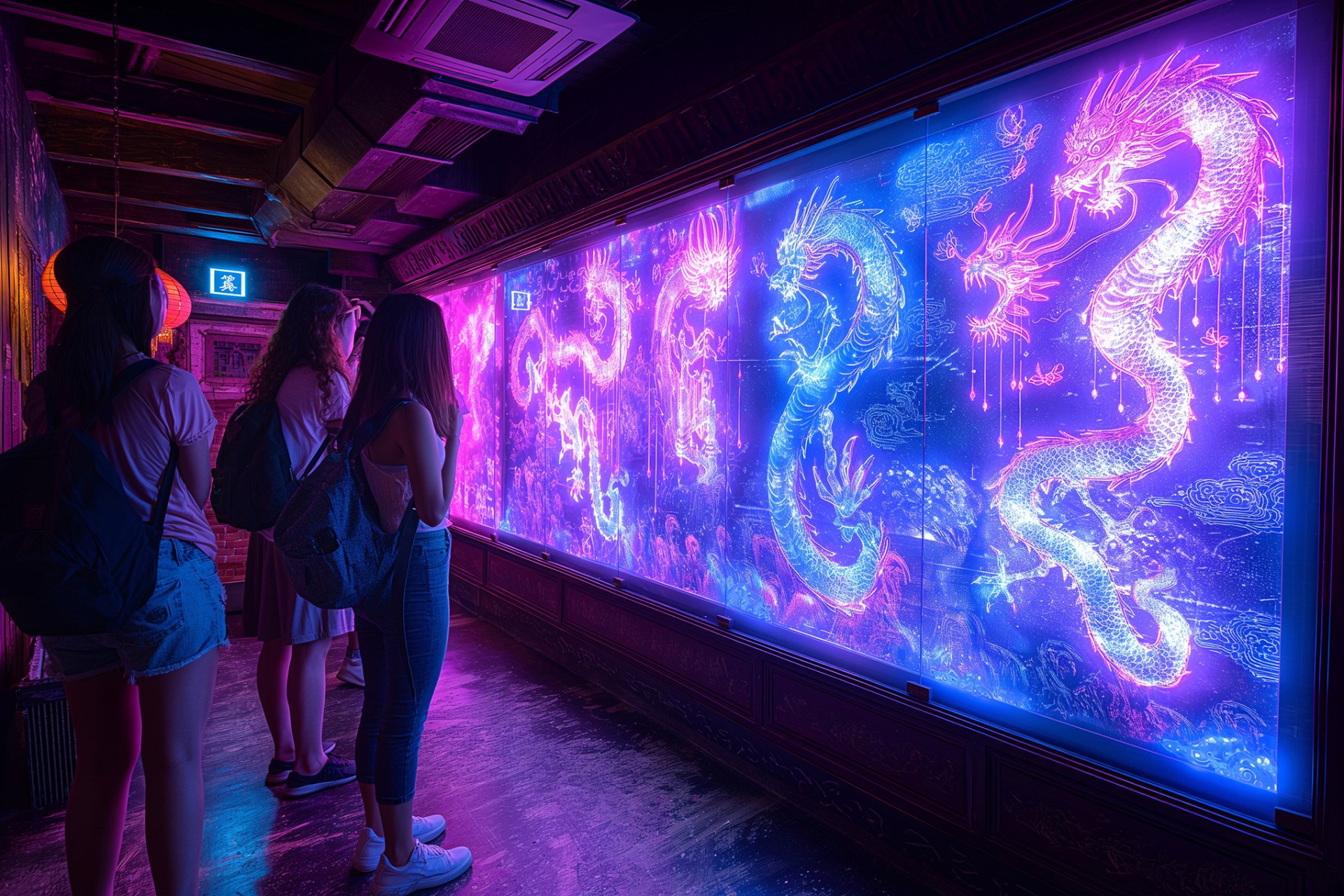LED Displays: The Future of Static and Motion Image Display

LED Displays: The Future of Static and Motion Image Display
LED (Light Emitting Diode) displays have become widely popular in recent years. With outstanding features in image quality, brightness, and energy efficiency, LED displays have become a top choice for various applications.
What is an LED Display?
An LED display is a screen that uses light-emitting diodes as its light source. Each pixel of the display consists of red, green, and blue LEDs, which can blend to create a wide range of colors. LED displays offer several advantages, including:
- Higher brightness than conventional displays
- Energy efficiency
- Long lifespan
- Wide viewing angles
- Suitability for both indoor and outdoor use
Smart Displays
Smart displays are an evolution of standard LED displays, incorporating processing power and connectivity with other devices. Features of smart displays include operating systems, internet connectivity, support for various applications, and intelligent control systems like voice or gesture control. These features make smart displays more flexible and responsive to user needs.
Interactive Displays
Interactive displays combine display technology with touch systems or motion detection, allowing users to directly interact with the content on screen. There are various types of interactive displays, such as touchscreens, motion-sensing displays, and voice-interactive displays.
The current applications of interactive displays are wide-ranging. In education, they help create smart classrooms and interactive learning materials. In business, they're used for presentations and video conferencing systems. In advertising, they can create interactive billboards and smart point-of-sale displays. They're also popular in exhibitions, such as interactive museums and trade shows.
LED Walls
LED walls, or large LED displays, are massive screens made up of multiple LED modules assembled together. They can be built to virtually any size required. Key features of LED walls include their large and customizable size, high brightness suitable for both indoor and outdoor use, high-resolution image quality for both still images and video, and durability in various environments.
LED walls are used in many settings, including:
- Sports arenas: For scoreboards and replay screens
- Concerts and events: As backdrops and large display screens
- Shopping malls: For advertising boards and decorative elements
- Control rooms and command centers: For real-time data display
Combining Technologies: Interactive LED Walls
Merging interactive display technology with LED walls creates an impressive user experience, allowing interaction with content on a large scale. Interactive LED walls find applications in learning centers for immersive educational experiences, in data presentation for real-time analysis and display of big data, in advertising for engaging promotional campaigns, and in events to create memorable experiences for attendees.
The Future of LED Display Technology
LED display technology continues to evolve, with several exciting trends on the horizon. These include the development of Micro LED displays for increased resolution and image quality, curved and flexible displays for diverse and interesting forms, integration with AR and VR technologies to create mixed experiences between real and virtual worlds, more energy-efficient displays to reduce power consumption and environmental impact, and AI-powered smart displays to enhance analysis and user responsiveness.
LED displays and related technologies are changing how we view and interact with information. Whether it's smart displays, interactive displays, or LED walls, they all play crucial roles in advancing display and communication innovations. The combination of these technologies will lead to increasingly exciting and efficient experiences in the future.
If your organization is looking for technology and innovation that promotes professional collaboration, LED walls are the answer you're looking for. Open the door to a new era of highly efficient static and motion image presentation.


